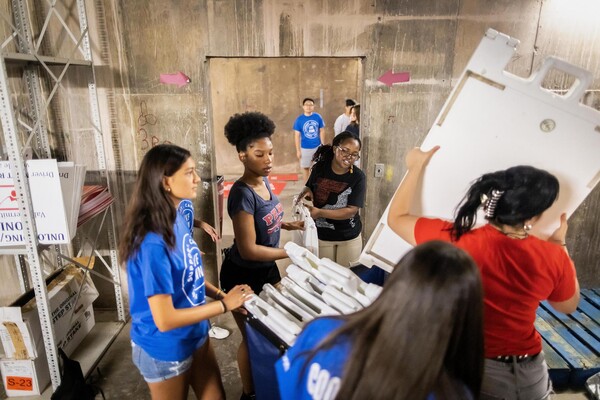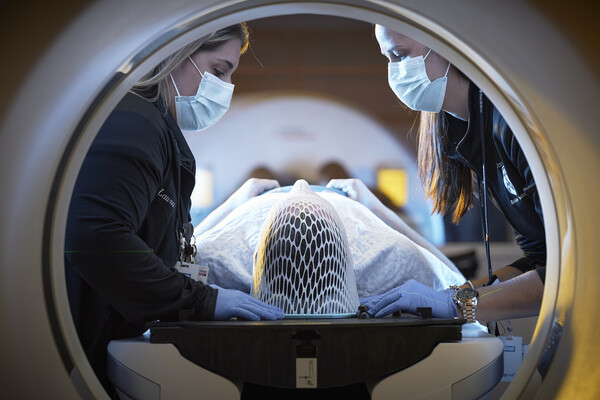Cleft lip and palate (CL/P) is the second most common birth defect in the world, affecting 1 in 700 live born babies. While the exact cause of CL/P is not well understood, investigators think it could be the result of a combination of genetics and environment. Cleft lip and palate are splits in the upper lip, the roof of the mouth, or both. This happens when cells in a baby’s face and mouth don’t fuse properly during early development. The result of a partial fusion, or no fusion at all, leaves a cleft.
In a new study published in Science Advances, researchers from the Perelman School of Medicine found more than 100 new genes that could lead to the development of CL/P. The team discovered that genetic variants near these genes are in regions of the genome called “enhancers,” which regulate expression of genes to maintain proper cell identity.
Enrique Lin-Shiao, a doctoral student in the lab of Shelley L. Berger, the Daniel S. Och University Professor and director of the Penn Epigenetics Institute, described the role of the protein p63 in modulating expression of genes involved in craniofacial development. The transcription factor p63 guides other molecules to open or close DNA structures in the nucleus called chromatin. This duty of p63 helps enhancers do their job of allowing genes to be expressed into mRNA, or not.
Read more at Penn Medicine News.








